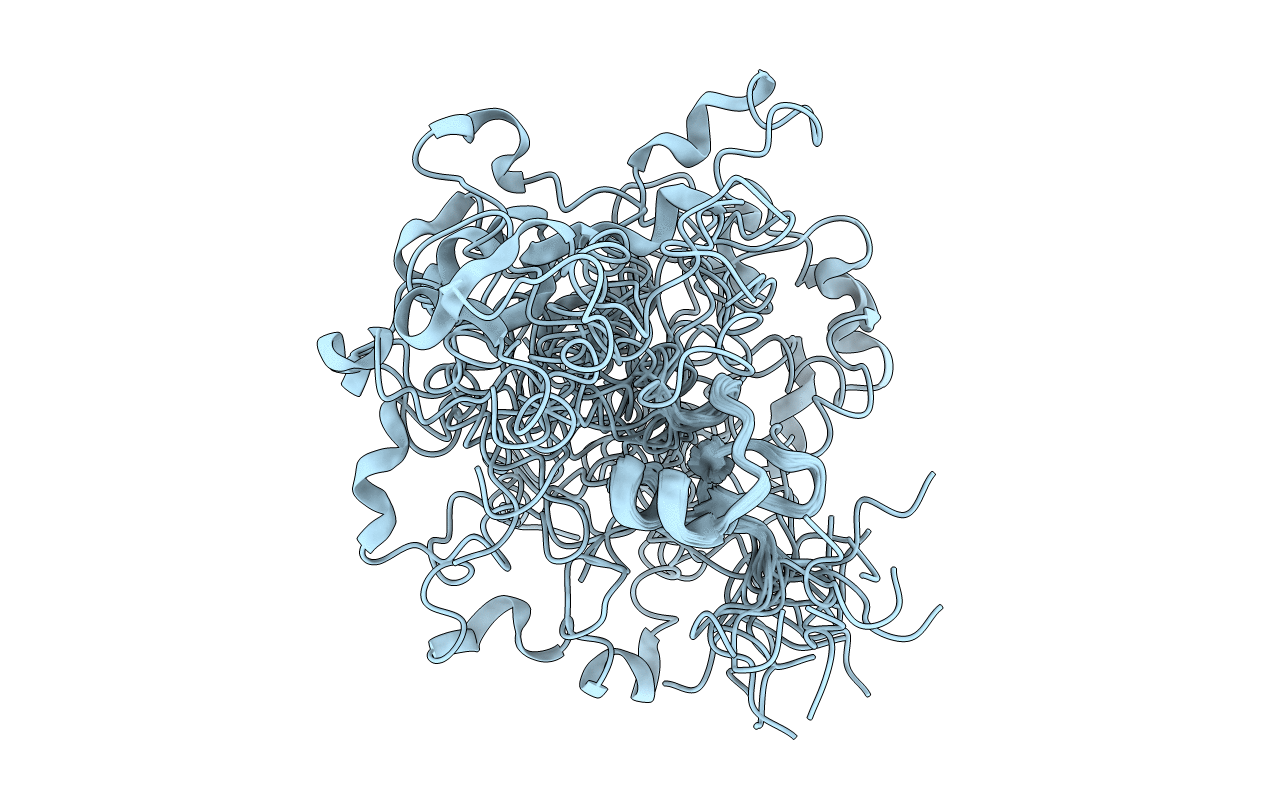
Deposition Date
2018-07-09
Release Date
2018-08-22
Last Version Date
2024-11-06
Entry Detail
PDB ID:
6H0I
Keywords:
Title:
Solution structure of Melampsora larici-populina MlpP4.1
Biological Source:
Source Organism:
Melampsora larici-populina 98AG31 (Taxon ID: 747676)
Host Organism:
Method Details:
Experimental Method:
Conformers Calculated:
400
Conformers Submitted:
20
Selection Criteria:
structures with the lowest energy


